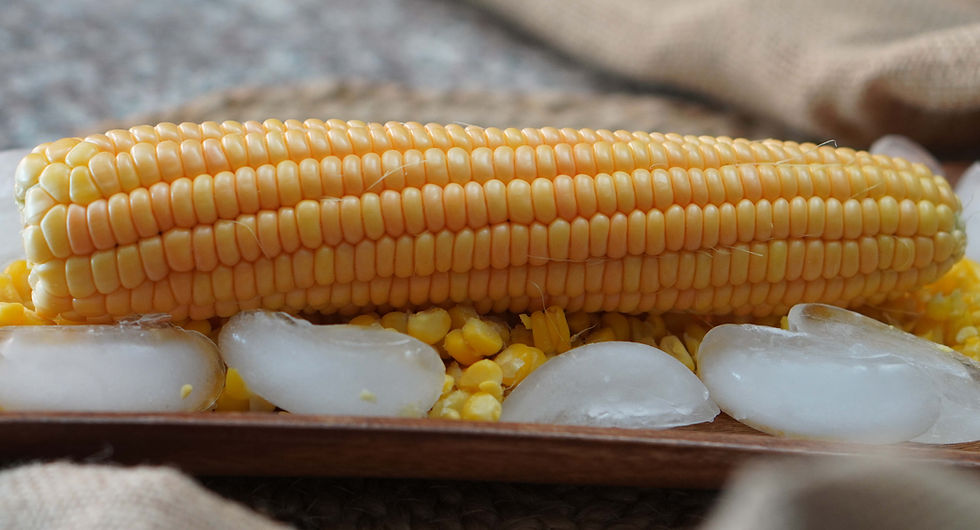How to Sterilize Canning Jars and Lids: Canning Basics
- Marie Overton

- May 20, 2021
- 3 min read
Updated: Jun 7
You would think knowing how to sterilize canning jars and lids would be a MUST in the canning world, but believe it or not, it’s not.
Sterilizing
When is sterilization of canning jars and lids needed?
The short answer is anytime you are processing foods for less than 10 minutes at sea level. (Don’t forget your elevation adjustment.)
The majority of canning recipes call for a longer processing time than 10 minutes and so sterilization of jars and lids is optional. You just need hot jars, they will sterilize while they are processing.
We use two different methods to heat up our jars because all that is needed is a moist heat.
Place them in the dishwasher on high heat.
Place them in boiling water.
There are those times when sterilization of canning jars is needed or is a preference. If so, you sterilize canning jars in the following manner.

If Sterilizing Canning Jars Is Needed:
If you determine that you DO need to sterilize your jars, this is how you would do it:
First, you should wash empty canning jars in hot, soapy water. Rinse thoroughly. Submerse your clean jars in your boiling water bath canner or a separate pot so they are completely surrounded inside and out by water. Be sure the jars are covered by at least an inch of water. Bring the water to a rolling boil for 10 minutes. Keep the jars warm in simmering water until needed.
If using a separate pot for sterilizing jars, fill the boiling-water canner half full; bring to a simmer. Heat additional water in another large pot (to top off the water in the canner); keep it hot, but not quite boiling.
When it comes time to use the jars, remove one jar at a time, fill it, place the lid and ring in place, and return it to the canner to keep everything hot. Then take out another jar and repeat the process.
If using a pressure canner, we always use a separate pot to heat our jars.

If Sterilizing Canning Lids Is Needed:
Follow this process for lid sterilization:
Check the undersides to be sure the lids are free of scratches and that the sealing compound is intact and covers the circumference of the lid. Place your lids in a small saucepan in an alternating stacking fashion (facing up, down, up, down, etc.). Simmer the lids in the water for 10 minutes. Take the lids out of the simmering water with a magnet or tongs. Only touch the outside edge or top of the lid as you place it on the jar.
Be sure the screw bands will fit the jars and are free of rust. When sterilizing or heating the jars, add the screw bands to the water and heat with the jars.
Lids are essentially flat disks of metal with a sticky compound around the edges. When heated during processing, that compound softens, then cools, and creates a long-lasting seal.
Lids also have a raised circle in the center. After canning, if a proper seal has been created, that raised circle is sucked down and flattened. Test the seals after the jars have completely cooled. If the lid is firm and slightly concaved, the jar is properly sealed. If the lid appears flat and you are able to press the center and it moves up and down then the jar is not properly sealed. In that case, refrigerate and eat the food immediately.
The function of the bands is simply to hold the lids in place during processing and cooling. Remove them after cooling and wash and store them for future use. They can be reused many times. They should be replaced when they start to rust.
(For quality, American-made, Superb canning lids and jars click here and use the coupon code WP20 to get 20% off your purchase.)

As you can see, there are few times jar and lid sterilization is needed, but if it is it is nice to know how to do it.
























Comments